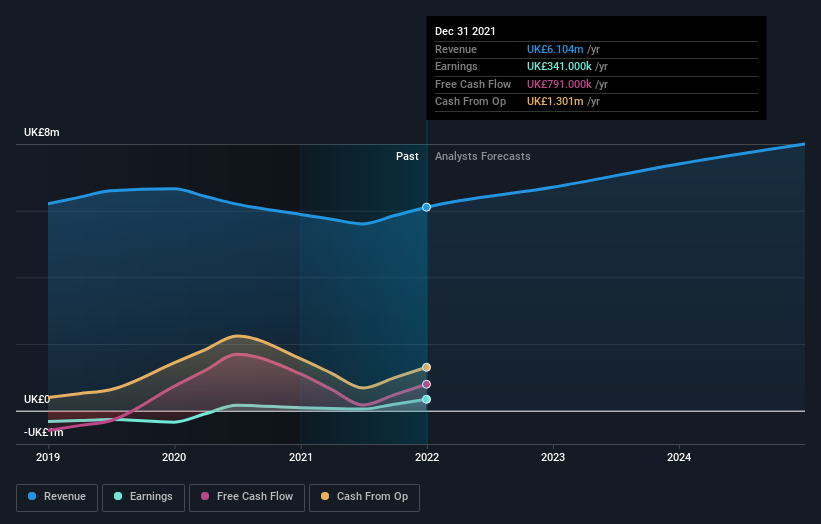When Should You Buy Touchstar plc (LON:TST)?
Touchstar plc (LON:TST), is not the largest company out there, but it received a lot of attention from a substantial price movement on the AIM over the last few months, increasing to UK£0.80 at one point, and dropping to the lows of UK£0.72. Some share price movements can give investors a better opportunity to enter into the stock, and potentially buy at a lower price. A question to answer is whether Touchstar's current trading price of UK£0.75 reflective of the actual value of the small-cap? Or is it currently undervalued, providing us with the opportunity to buy? Let’s take a look at Touchstar’s outlook and value based on the most recent financial data to see if there are any catalysts for a price change.
Check out our latest analysis for Touchstar
What's the opportunity in Touchstar?
The share price seems sensible at the moment according to my price multiple model, where I compare the company's price-to-earnings ratio to the industry average. In this instance, I’ve used the price-to-earnings (PE) ratio given that there is not enough information to reliably forecast the stock’s cash flows. I find that Touchstar’s ratio of 18.64x is trading slightly below its industry peers’ ratio of 20.37x, which means if you buy Touchstar today, you’d be paying a decent price for it. And if you believe that Touchstar should be trading at this level in the long run, then there’s not much of an upside to gain over and above other industry peers. So, is there another chance to buy low in the future? Given that Touchstar’s share is fairly volatile (i.e. its price movements are magnified relative to the rest of the market) this could mean the price can sink lower, giving us an opportunity to buy later on. This is based on its high beta, which is a good indicator for share price volatility.
What kind of growth will Touchstar generate?
Investors looking for growth in their portfolio may want to consider the prospects of a company before buying its shares. Although value investors would argue that it’s the intrinsic value relative to the price that matter the most, a more compelling investment thesis would be high growth potential at a cheap price. With revenues expected to grow by 31% over the next couple of years, the future seems bright for Touchstar. If the level of expenses is able to be maintained, it looks like higher cash flow is on the cards for the stock, which should feed into a higher share valuation.
What this means for you:
Are you a shareholder? TST’s optimistic future growth appears to have been factored into the current share price, with shares trading around industry price multiples. However, there are also other important factors which we haven’t considered today, such as the track record of its management team. Have these factors changed since the last time you looked at TST? Will you have enough confidence to invest in the company should the price drop below the industry PE ratio?
Are you a potential investor? If you’ve been keeping tabs on TST, now may not be the most advantageous time to buy, given it is trading around industry price multiples. However, the optimistic forecast is encouraging for TST, which means it’s worth diving deeper into other factors such as the strength of its balance sheet, in order to take advantage of the next price drop.
With this in mind, we wouldn't consider investing in a stock unless we had a thorough understanding of the risks. For instance, we've identified 2 warning signs for Touchstar (1 is concerning) you should be familiar with.
If you are no longer interested in Touchstar, you can use our free platform to see our list of over 50 other stocks with a high growth potential.
Have feedback on this article? Concerned about the content? Get in touch with us directly. Alternatively, email editorial-team (at) simplywallst.com.
This article by Simply Wall St is general in nature. We provide commentary based on historical data and analyst forecasts only using an unbiased methodology and our articles are not intended to be financial advice. It does not constitute a recommendation to buy or sell any stock, and does not take account of your objectives, or your financial situation. We aim to bring you long-term focused analysis driven by fundamental data. Note that our analysis may not factor in the latest price-sensitive company announcements or qualitative material. Simply Wall St has no position in any stocks mentioned.

 Yahoo Movies
Yahoo Movies 
